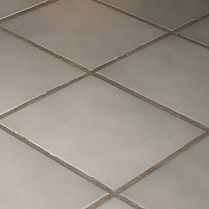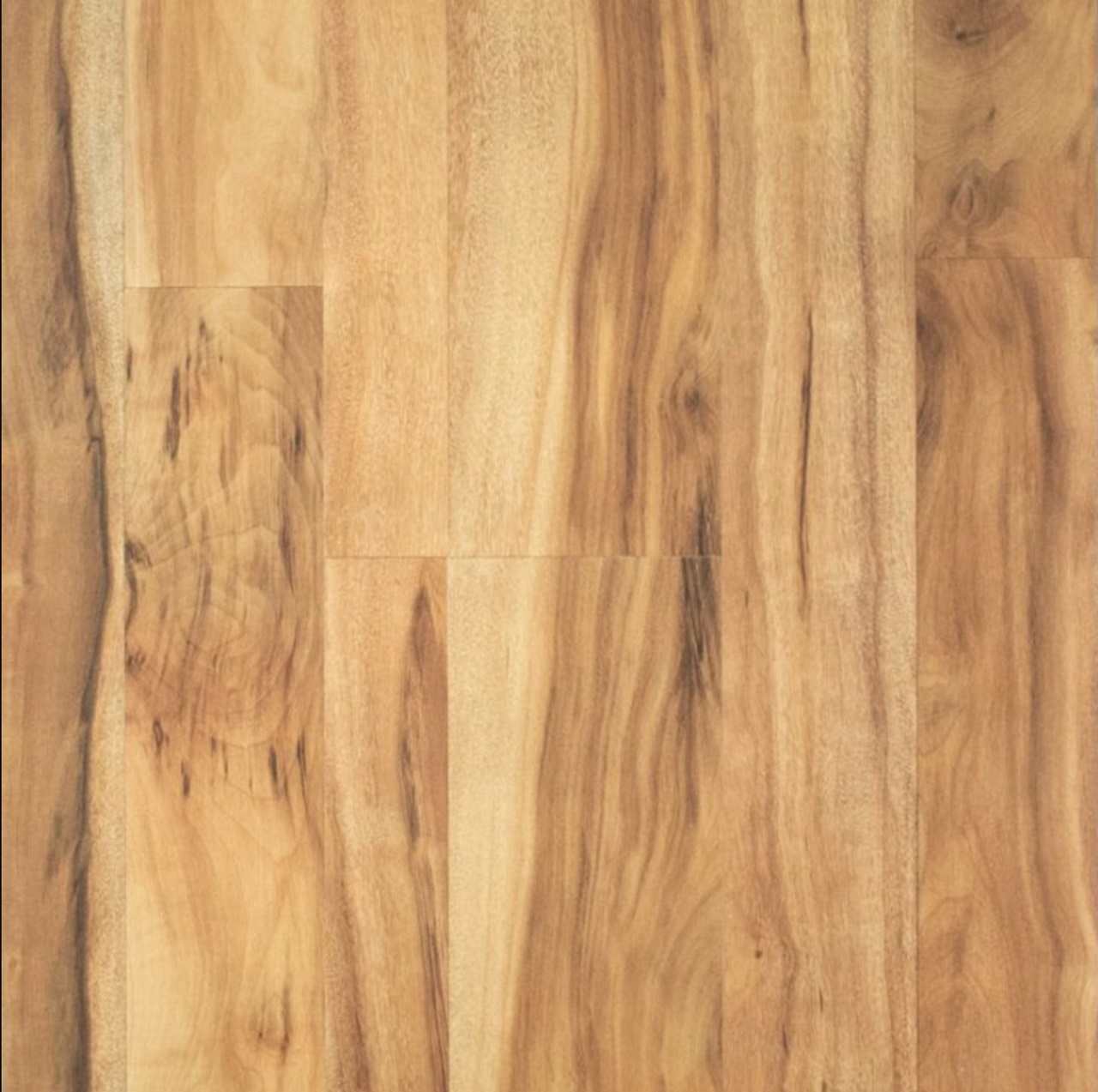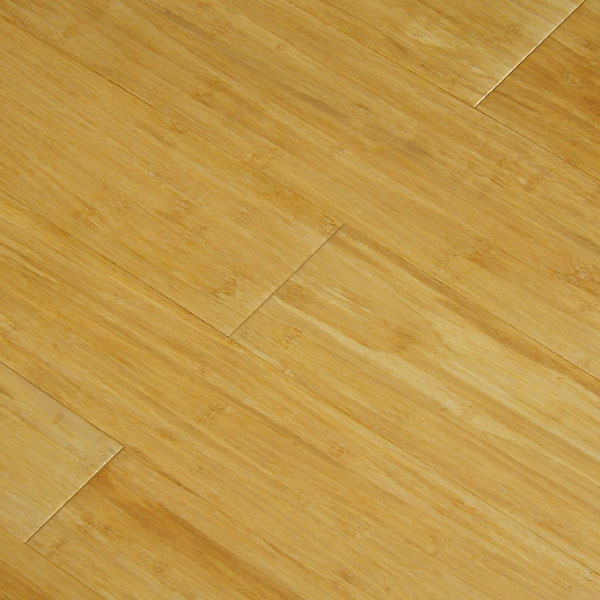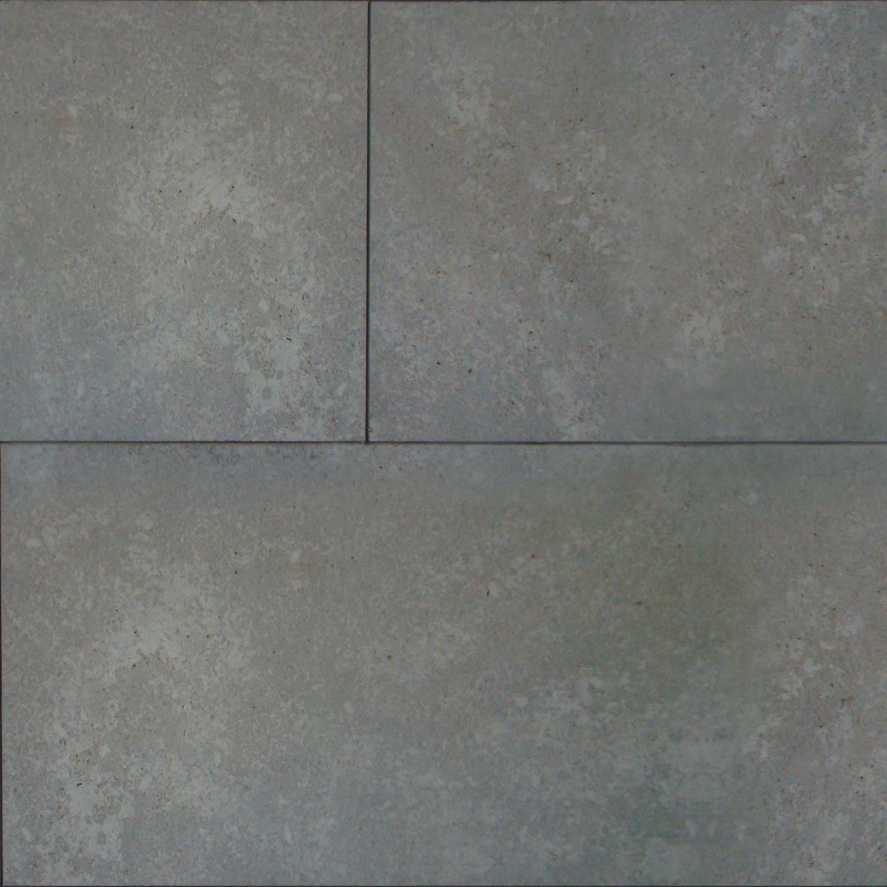Best Floors for Allergy Sufferers

You can be allergic to your floor. Did you know that? It’s a very big thing in a home, the floor, and we’re constantly agitating it with our feet, and compressing it with all of our weight, giving it every opportunity to poof out whatever allergens it might contain. These irritants can either be gathered and held by the floor, or they can be a part of its very make up. In this article we hope to help you make the best choice of flooring, specifically with allergy prevention in mind.
Allergies and Your Floors, Checking with experts
Rather than consulting flooring specialists, who have an interest in selling all floors, I decided to use as my sources The Asthma and Allergy Foundation of America (AAFA), The American Academy of Allergy Asthma & Immunology (AAAAI), UK based group The Healthy Flooring Network (HFN), and The Mayo Clinic. Their interests are in your breathing well, and all of them have recommendations worth considering.
First, what are the enemies we hope to eliminate?
Mold can grow on any surface which is damp. This is different from mildew, which can only grow on plant and animal material, like clothing, or towels which have not quite dried well enough. Mildew is a form of mold, but mold is regarded as being more pernicious. With most floors, your main mold concern comes from moisture getting around or underneath it, with a floating hardwood, for instance.
Animals will release skin flakes and hair (dander), of course, but even their saliva, urine or other releases can be problems for allergy sufferers. They can also drag in material like pollen, dirt, dust, leaves, twigs, bugs or other dead things. We want our floors to be easy to clean, and as unlikely to hold onto these things as possible, something slick, not bumpy or made of fabric. Even if you don’t have pets, we must consider the ubiquitous dust mites, the microscopic bugs we all try not to remember are crawling all over us and all of our stuff, all of the time, just like the air. These are little allergen generating machines. Everything they leave behind, their droppings, bodies and body parts, all of this can inflame an allergic reaction.
Volatile organic compounds, known as VOCs in flooring lingo, are our primary concern when considering the material and manufacture of our flooring itself. Some floors do contain VOCs such as formaldehyde. It’s organic, and one of its two forms is volatile. The more innocuous variety of formaldehyde is almost as pervasive as the dust mite: it's virtually everywhere and mostly harmless. Products which emit this can still be called “formaldehyde free.” They may also be termed LOW-VOC, which is technically correct, but as far as our concerns go, may actually be needlessly alarming.
Two things we want from our floor1. Eliminate or reduce places where allergens will get caught or can settle. 2. Contain, and installed with, no VOCs. Inside the home, the most common allergens and asthma triggers are dust mites & their droppings, body parts, and husks; mold and mildew; animal dander (the skin flakes and hair that come off of them); and volatile organic compounds, or VOCs. These chemicals can be found in some flooring materials and their adhesives, as well as in the chemicals used to clean floors. |
|
A lot of manufacturers of flooring products now work to avoid using materials that emit these VOCs. For instance most laminate flooring is made using high pressure and heat rather than adhesive chemicals. Floors To Your Home specializes in discount flooring, which we get from local manufacturers and other retailers, and we sometimes import. All of our flooring is free of formaldehyde, and meets the VOC safety standards of the United States, not just those of the countries where the material is produced. The two things you can do to reduce the respiratory offenders in your home are to replace flooring with more hypo-allergenic options, or to take special care of the flooring you have with this issue in mind. This week I'll focus on the first one. We're looking for hard surfaces to eliminate trapping the allergens, for flooring that won't hold onto moisture and grow molds, and for no VOCs. |

|
The floor you might most consider replacing is carpeting. Some dispute the negative relationship of carpeting to allergies (more below), but there is no doubt that it holds more dust, dirt and particulates than any other kind of flooring, making it an ideal environment for dust mites. A single square meter (close enough to our "yard") of carpet can provide a good home for 100'000 of them. Carpeting can also hang onto moisture, fostering mold and mildew. The AAFA, AAAAI and the Mayo Clinic all recommend against wall to wall carpet for sufferers of respiratory ailments. In the UK, where by the year 2000 almost all homes used carpet as their main flooring, the average lifespan of the carpet was about six years, so the opportunity to replace it may come up naturally anyway.
Best Flooring for Allergy and Asthma Sufferers
Here are types of flooring listed best to worst for their allergen prevention qualities. It’s a very general list, of course, and if you have questions about anything specific to the floor your considering, or even just more specific than this document covers, feel free to contact us, or be sure to speak with the dealer with whom you are shopping.
THE BEST

|
Vinyl Flooring, whether sheet, tile or plank, can offer all of the benefits of a smooth, hard surface where particulates, moisture, mold and dust mites cannot hide, collect or flourish. It is easy to clean and care for, and is usually manufactured with antibacterial agents right in the material. Always verify that your particular flooring is actually free of VOCs. Some cheaper vinyl floors are manufactured with them. Phthalates (pronounced “thal-ate”). This is the latest vinyl danger watchword. How do you know your floor is phthalates free? Look for virgin vinyl. Recycled vinyl, popular due to our intents to be environmentally good, could contain phthalates simply because the recycled vinyl could come from anywhere. No pedigree! It opens the door to a big, dastardly switcheroo on the green front. |
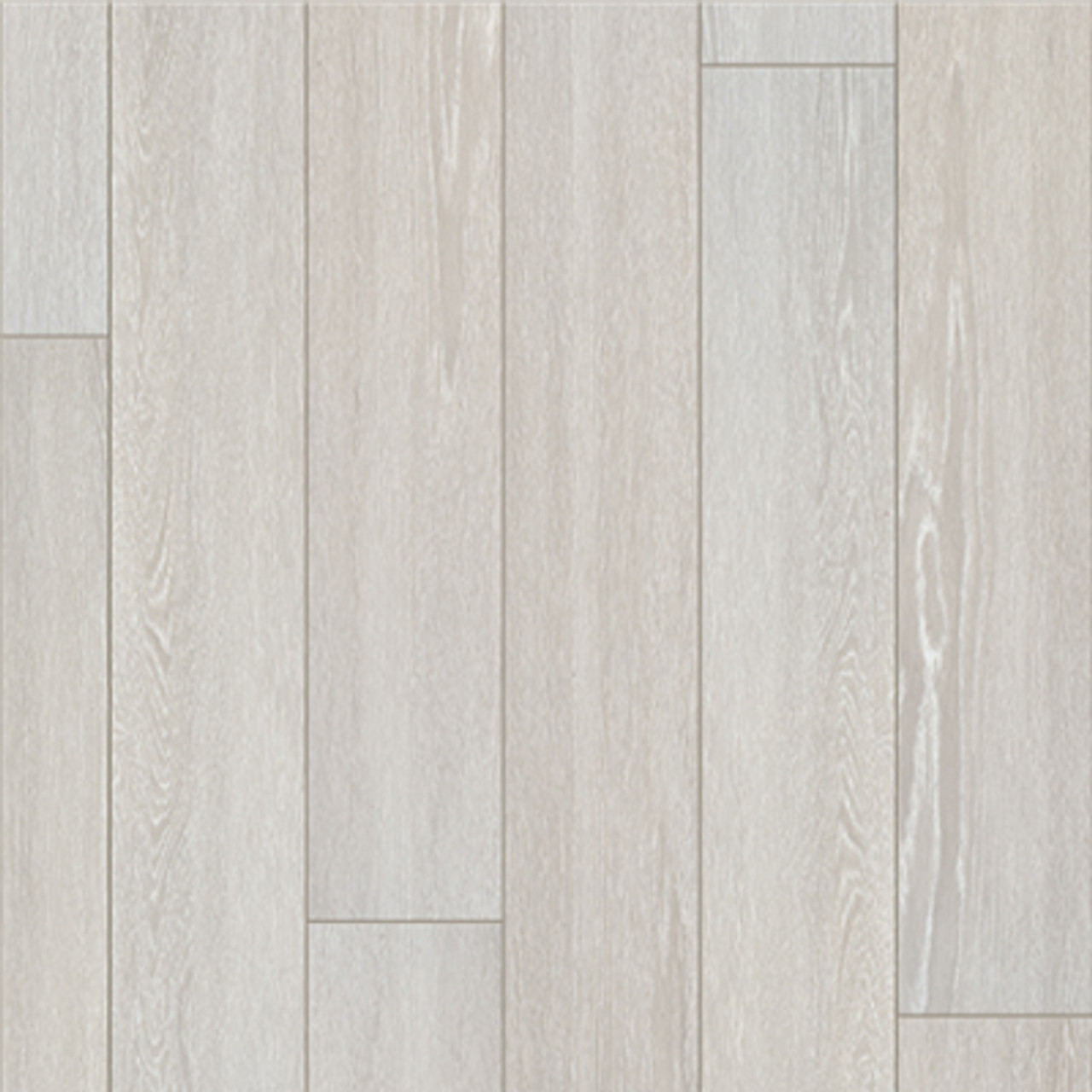 |
MAKE SURE you keep a plank floor spill free, and if something does spill, it might be worth taking the planks up to allow the subfloor underneath to fully dry. This will keep mold from showing up. The planks themselves will probably be waterproof, and therefore easily dried off. The best type of vinyl plank for this is Loose Lay. These planks can be taken up, allowing the flooring underneath to be completely dried and cleaned before putting the same planks back down. For allergy sufferers, vinyl is the Mayo Clinic's highest recommendation for bathrooms, and on their list as great for living areas, including basements. |
Porcelain (and Ceramic) Tile is easily one of the best options for allergen management. It’s rock, in some form or another. The hard surface of tile resists accumulation, and is easy to care for. If the surface is smooth, there will be nowhere for allergens to accumulate. Even more textured surfaces, because of the material itself, are not much of a problem to keep clean and free of the offending agents.
USUALLY FINELaminate Flooring is usually manufactured using heat and pressure, not glues and chemicals. The hard surface, even if it is textured, will be easy to clean, and won’t harbor allergy causing agents. Most laminates are click together floors, so
If you must have carpet, all of the sources I checked suggest using what is called a low pile carpet. Think thinner rather than thicker. Also make sure it has been manufactured to be free of VOCs and to resist mold & mildew, and be just as selective with the padding underneath the carpet. You would also need to vacuum it frequently, no less than weekly, using a machine with a HEPA filter, a good small particle filter. On this topic, places to see: The American Academy of Allergy Asthma & Immunology Asthma and Allergy Foundation of America (general advice on allergy-proofing a home) The Mayo Clinic (their page on allergy proofing your house)
– – – –
Follow Team Floors To Your Home on Facebook |

 Brown Tone
Brown Tone
 Unfinished
Unfinished
 Red Tone
Red Tone
 Golden Tone
Golden Tone
 Gray Tone
Gray Tone
 Light Tone
Light Tone
 Medium Tone
Medium Tone
 Dark Tone
Dark Tone
 Brown Tone
Brown Tone
 Red Tone
Red Tone
 Golden Tone
Golden Tone
 Gray Tone
Gray Tone
 Light Tone
Light Tone
 Medium Tone
Medium Tone
 Dark Tone
Dark Tone
 Brown Tone
Brown Tone
 Red Tone
Red Tone
 Golden Tone
Golden Tone
 Gray Tone
Gray Tone
 Light Tone
Light Tone
 Medium Tone
Medium Tone
 Dark Tone
Dark Tone
 Multi Color
Multi Color


